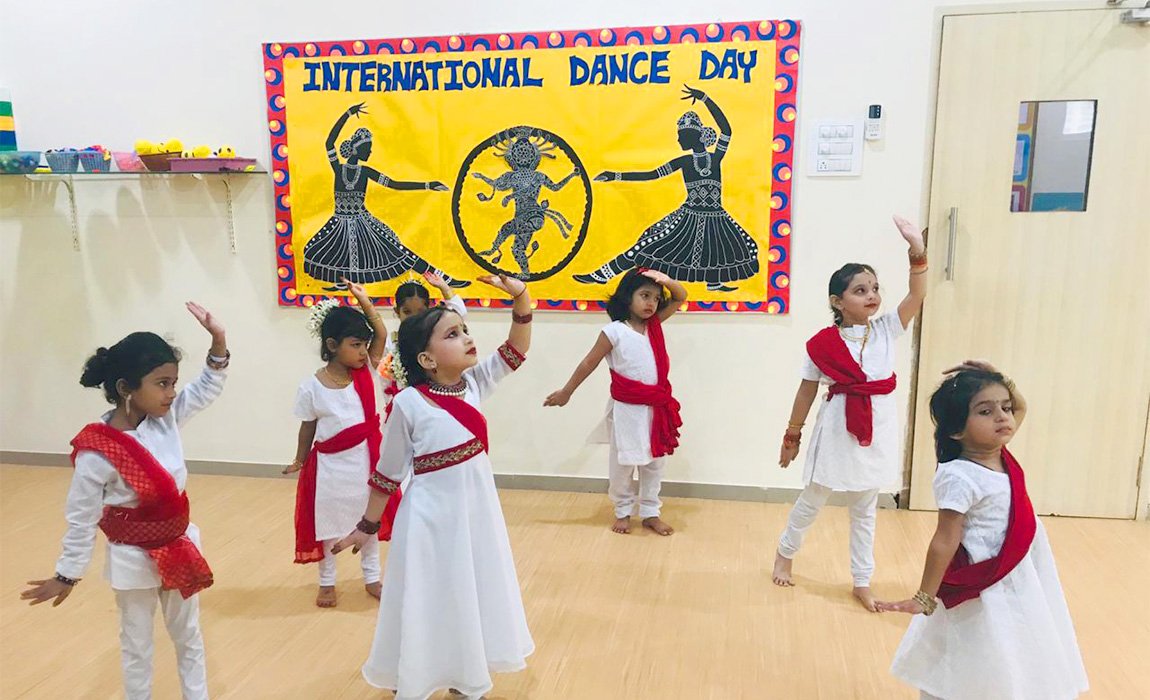Every school has a dedicated cultural department that trains children in the performing arts. Yet, children stick to few forms such as dance and music and hardly explore unconventional genres. It so happens that the trainers in schools themselves don’t take interest in other forms of performing art.
It is always better to be innovative and by simply introducing the variety of performing arts mentioned below, schools can raise interest levels among hitherto uninitiated students who might find their inspiration.
6 ideas for innovative cultural activities in school
1. Ventriloquy
Try to speak a sentence without moving your lips. Yes, ventriloquism is that tough and that interesting indeed when we see dummy artists make their puppets talk in front of us. This is a very niche form of art and has very limited fan following.
Schools should appoint a ventriloquist to train children. A good ventriloquist blends comic relief and surprise for its audience by pronouncing only with his tongue. Children also get to learn interactive conversations, thanks to the performer’s interactive mode of conversation throughout the performance.
2. Mime
Theatrical performances are common but what if the actor with the loudest of the voices is asked to express his/her emotions without speaking at all? Mime is an art form respected for its mode of self-expression and its difficulty levels. Encourage students to try mime with simple, short storylines and gradually raise the intricacy of the story and difficulty levels. Practicing mime makes children very expressive.
3. Live art
This is an interesting challenge for students. The task is to listen to an ongoing track of sounds or music, get involved in the ambience created by the track and make an artwork on canvas in real time. This form of collaboration is done by reputed artists
This task raises concentration span of children to a new level and enhances artistic interpretation of the environment. Teachers should be patient enough to help children appreciate this task by starting with 5-6 minute-long soundtracks and asking students to draw to the best out of their imaginations.
4. Standup comedy
Who doesn’t love comedy? Yet, how many performers can be confident enough about influencing the audience with a series of jokes on stage? Standup comedy is a popular genre nowadays and children can increase self-confidence by testing their humour in front of their audience. In this way, children also learn to have a sense of humour but in a sensitive way so as to not offend people.
5. Classical instrumental music
Often, vocalists or aficionados of modern musical instruments such as guitar, keyboard etc get the chance to perform at an event in school. Teachers should also recognize talents in traditional instruments such as the Veena, Sarod, Santoor, Sitar, Tabla, orDholak . By encouraging such performances, children get exposed to the Indian classical music and many dying forms of folk music that need revival.
6. A capella
You really don’t need an instrument for this performance as you create percussive and melodious sounds from your mouth. This Italian performing art can be exhausting because it requires perfect coordination, equal participation and excellent synchronization among the participants each of who imitate instrumental sounds to make an entire band performance. This routine also teaches a lot about team work to participants.
Cultural activities are the ultimate instruments for self-expression of a child. Innovating the modes of presentation of talent can unlock various kinds of potential among the children.

